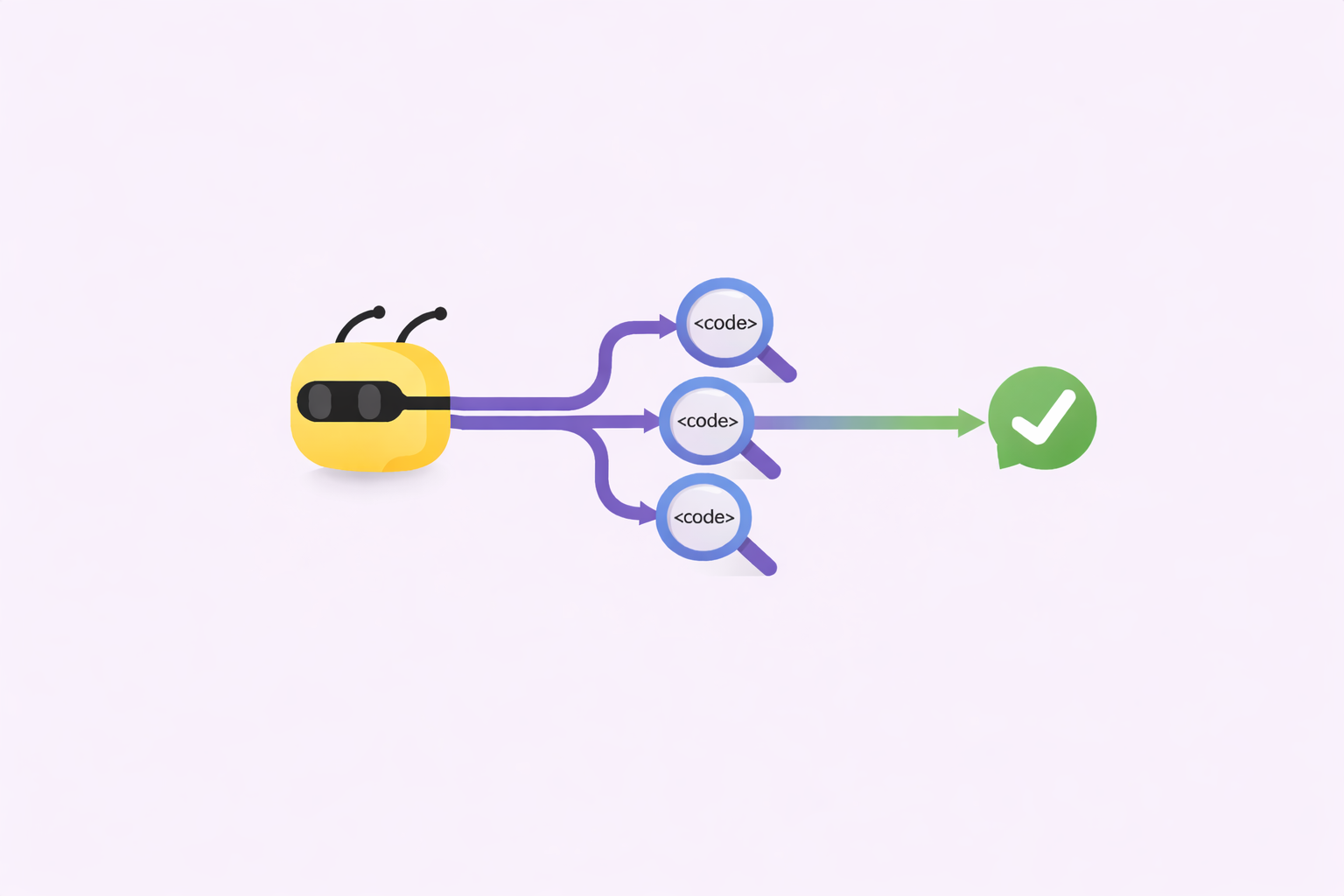How Employees Build Resilience at Work

Resilient teams are better equipped to handle whatever is thrown at them—from uncertainty, transitions, and pivots, to the many other unknowns that may unfold this year. Especially during uncertain times or crises, resilient teams experience a reduced initial impact, higher recovery speed, and a greater degree of recovery. Resilience is vital for business success, but how do individual employees and teams actually build resilience at work?
Fortunately, resilience is not a trait a person is born with—it’s a skill that can be built and developed over time. At work, resilience comes from having a sense of purpose, progress, and belonging in a role, whether as a front-line employee or company executive.
For a deep dive into resilience at work:
Purpose
Helping employees find a sense of purpose means showing them how their day-to-day work connects with the larger goals and success of the organization.
For example, a salesperson who needs to enter prospect data into a CRM every day probably doesn’t find that part of their job enthralling. But if you connect that data entry to the sales pipeline your company uses to ensure growth is on track, this tedious task becomes a little less onerous because they understand why it’s important.
HR leaders should help managers proactively communicate how each employee’s role contributes to the overall mission of the organization. If work begins to seem meaningless, that’s a bad sign for engagement and resilience, so take care to link their work to the company’s success.

Progress
Employees who feel stuck (in their role, their level, or their team) are likely not engaged or resilient. It’s hard for staff to feel motivated when there’s no clear path for advancing up the career ladder or simply developing new skills. And if employees are stuck in one place too long, they may lose the ability to adapt to new conditions, practices, or roles.
While promotions are the most visible form of progress (and they’re important), they’re not the only way to give employees a sense of progress.
Investing in ongoing learning and development and offering employees stretch assignments or lateral promotions helps them see their careers progressing. And they also increase your organizational resilience because they let employees develop and flex new skills instead of remaining in a silo.
To build teams that are ready to handle whatever comes next:
Belonging
Feeling a sense of belonging at work is critical to resilience. Diversity in the workplace helps to avoid the pitfalls of groupthink (which the International Monetary Fund cited as a major cause of the 2008 global financial crisis) and spurs innovation.
Belonging also fosters better social connections and support at work, which increases resilience. Imagine a time when you worked long hours on a complicated task or project—did having committed colleagues who made you feel like part of a team lighten the load? It’s no surprise that employees who are on a team are 2.6 times more likely to be fully engaged and 2.7 times more likely to be highly resilient than those who aren’t. Other surprising statistics of employee belonging include a 50% lower risk of turnover, a 56% increase in job performance, and a 167% increase in eNPS scores!
Interestingly, a sense of belonging and engagement doesn’t necessarily come from being in the same physical place. 20% of virtual workers are fully engaged and 18% are highly resilient, in comparison to the 11% of fully engaged and 9% of highly resilient office-based workers. Resilience and connection are a state of mind, not a physical place.

Practicing resilience
It can be helpful to think of building a resilience practice similar to a gratitude practice. Resilience is rarely built all at once—it must be cultivated during small but frequent, meaningful moments.
These small moments can look like encouraging team members to turn to each other or their manager for support when they need it, ensuring employees take time off to rest and recover, and recognizing when employees succeed because of their adaptability and resilience.
For example, if you have a team that just completed a project that went far beyond the initial scope and timeline, give them a shoutout in a team meeting, email, or (best yet) through a recognition platform. Praising their flexibility and problem-solving skills reminds them of how resilient they are, which is inspiring for the next time they face a challenge.
These small moments and efforts build on each other to create a strong foundation of resilience. By building them now, when a crisis or challenge hits, you can draw from those resources you’ve carefully built during the good times.

Employee recognition and building resilience
A dedicated employee recognition program can build a sense of community in your team or company helping employees feel a greater sense of purpose, progress, and belonging. Additionally, when recognition is visible throughout your organization, people can see how their individual contributions make an impact during times of ongoing change and get rewarded for exemplifying resilience—a powerful way to build a culture of resilience.
Bonusly is here to help!
Our rewards and recognition platform helps you build a culture that shows appreciation for the work employees do every day and rewards them for adapting to the challenges and shifts facing every workplace in 2023.
Key takeaways
- Employees build resilience on an individual level through a sense of purpose, progress, and belonging.
- Focusing on all three of these areas through small, meaningful efforts will help your employees increase their resilience.
- These practices are like putting deposits into the bank when cash flows are good so you have a cushion of resilience savings to draw from when unforeseen obstacles arise.
For further reading download our complete guide to building more resilient, engaged teams today. 👇







